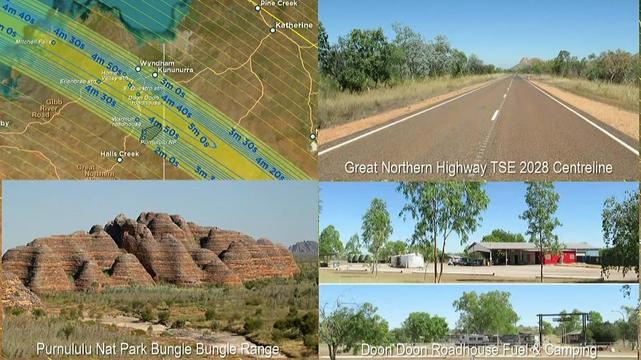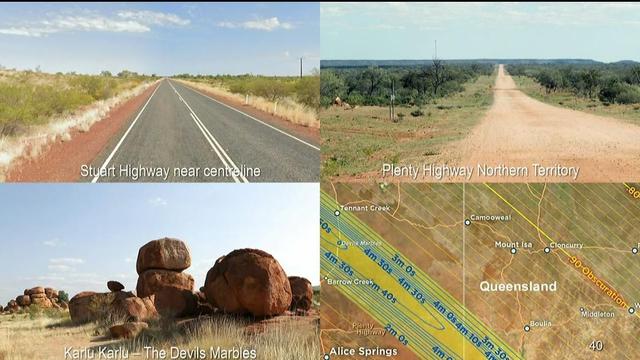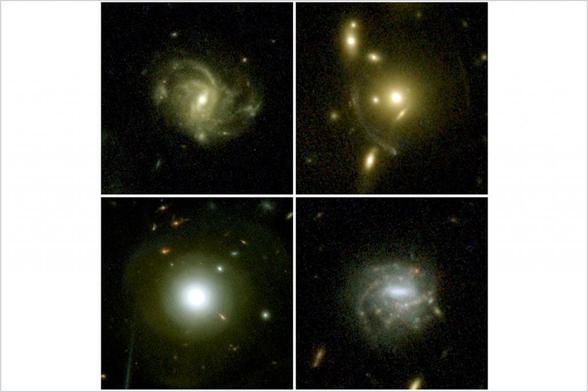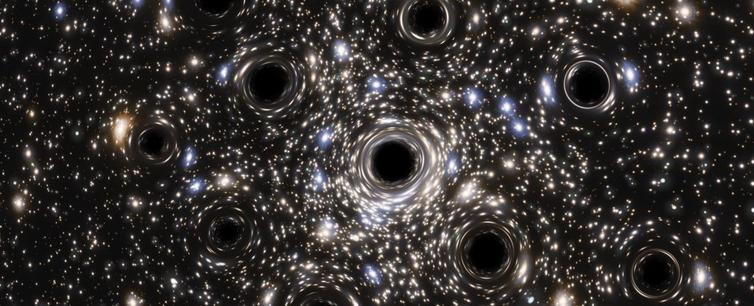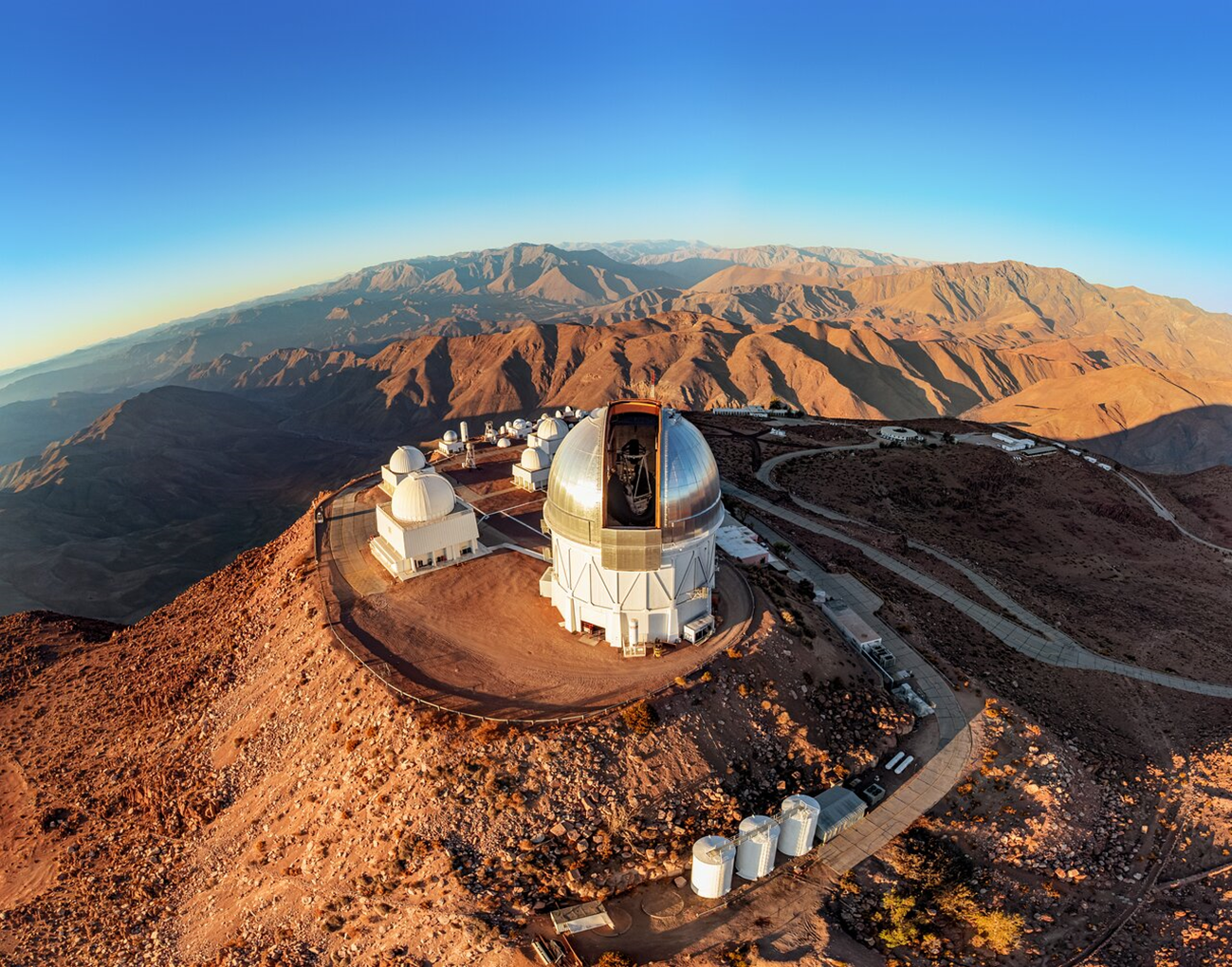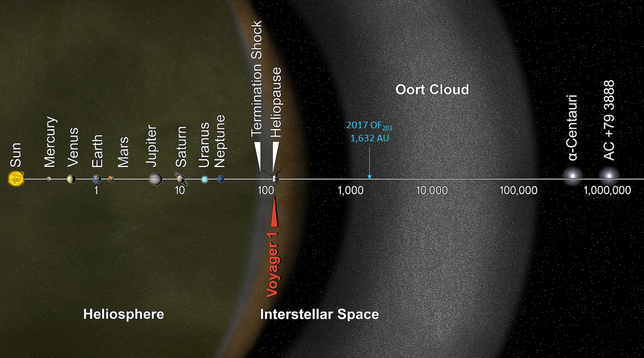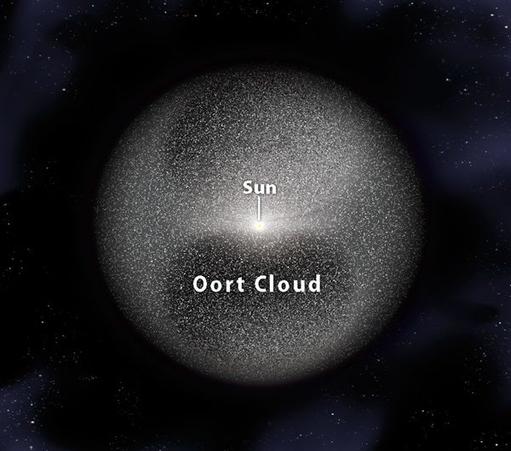https://doi.org/10.1051/0004-6361/202451124
Marshall Eubanks
- 178 Followers
- 179 Following
- 3.8K Posts
https://doi.org/10.1051/0004-6361/202451124
https://www.universetoday.com/articles/this-map-of-the-cosmic-web-reaches-back-in-time
The Universe's Missing Black Holes May Have Been Located
https://www.sciencealert.com/the-universes-missing-black-holes-may-have-been-located
Walz: "...Melissa Hortman and husband Mark were shot and killed in what appeared to be a politically motivated shooting..."
https://public.nrao.edu/news/image-release-the-ngvla-prototype-handover-ceremony/
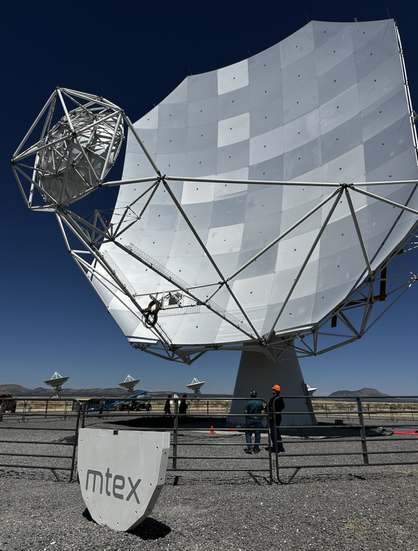
Image Release: the ngVLA Prototype Handover Ceremony - National Radio Astronomy Observatory
mtex antenna technology GmbH officially handed over the prototype antenna for the proposed Next Generation Very Large Array (ngVLA) to the U.S. National Science Foundation National Radio Astronomy Observatory (NSF NRAO) at a ceremony held at the NSF Very Large Array site on the Plains of San Agustin, New Mexico.
Quantum mechanics provides truly random numbers on demand
June 11, 2025
At the heart of this service is the NIST-run Bell test, which provides truly random results. This randomness acts as a kind of raw material that the rest of the researchers' setup "refines" into random numbers published by the beacon.
The Bell test measures pairs of "entangled" photons whose properties are correlated even when separated by vast distances. When researchers measure an individual particle, the outcome is random, but the properties of the pair are more correlated than classical physics allows, enabling researchers to verify the randomness. Einstein called this quantum nonlocality "spooky action at a distance."
https://phys.org/news/2025-06-quantum-mechanics-random-demand.html
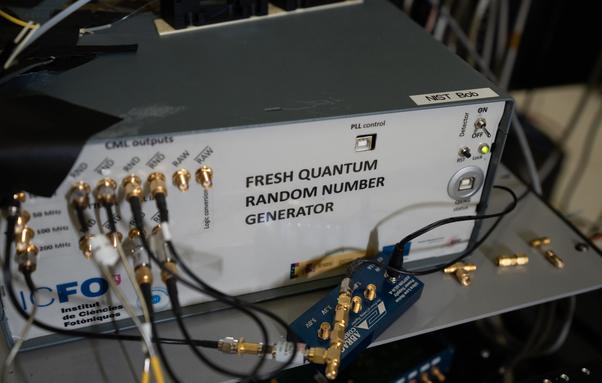
Quantum mechanics provide truly random numbers on demand
Randomness is incredibly useful. People often draw straws, throw dice or flip coins to make fair choices. Random numbers can enable auditors to make completely unbiased selections. Randomness is also key in security; if a password or code is an unguessable string of numbers, it's harder to crack. Many of our cryptographic systems today use random number generators to produce secure keys.

Quantum mechanics provide truly random numbers on demand
Randomness is incredibly useful. People often draw straws, throw dice or flip coins to make fair choices. Random numbers can enable auditors to make completely unbiased selections. Randomness is also key in security; if a password or code is an unguessable string of numbers, it's harder to crack. Many of our cryptographic systems today use random number generators to produce secure keys.
